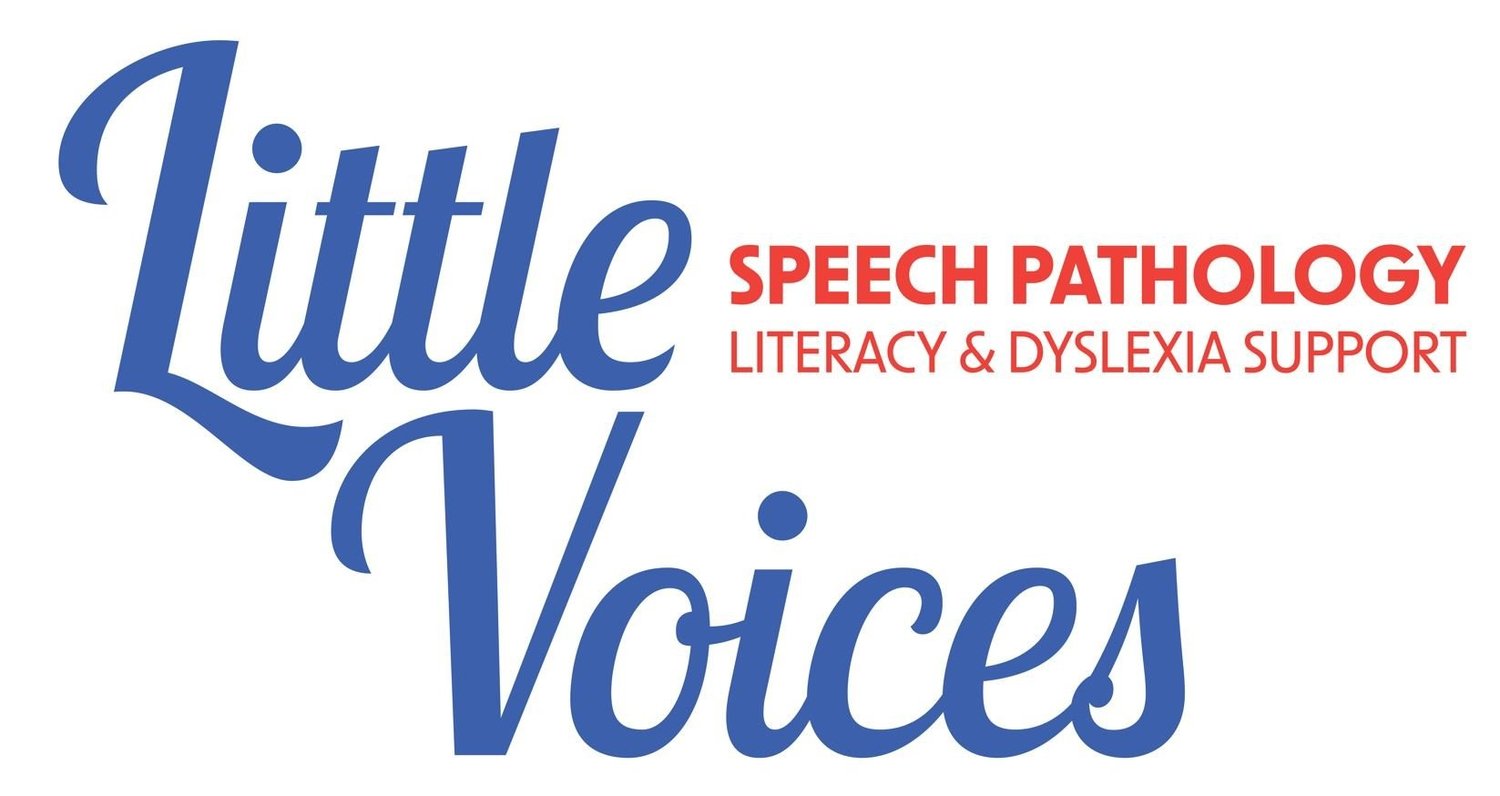Is my child stuttering?
"Is my child stuttering?"
This is one of the most common questions parents ask me . I get many calls from parents wondering if their child is stuttering because they're getting stuck on their words. Most of the children are between 2-4 years of age.
Normal Disfluency
One reason parents may be concerned about this is that between the ages of 18 months to 4 years many children (25% of children*) go through stages of what is known as "normal dysfluency". This normal dysfluency is associated with children's language learning. Normal dysfluencies are characterised by:
initial sound repetition (e.g. b-b-b-but I want to),
initial syllable repetition (e.g. 'May-may-maybe we can go),
or whole word repetition (e.g. I-I-I want to go).
The dysfluency is not constant and usually occurs every ten sentences or so. Usually, the repetitions occur only 2-3 times, and the child is often not aware of or bothered by it. The dysfluencies will normally resolve within 6 months, but at times can continue for up to 2 years. The most important thing to remember with normal dysfluencies is that they very rarely get any worse, only better.
Stuttering
Stuttering also usually begins in the preschool age group. Unlike normal dysfluencies however, a stutter is likely to get more severe without therapy. Some characteristics of a stutter are:
repetitions of sounds, syllables or words more than 2-3 times;
a complete blockage of the sound (the child appears to be trying to talk but no sound comes out);
stretching sounds out (e.g. “sssssstay here”);
tension evident around the mouth area;
the child may become very aware of the stutter and try to hide it by avoiding certain words or covering up their mouth when they speak.
It is important that if your child is exhibiting any of the above characteristics that you seek intervention from a Speech Pathologist. Children whose stuttering persists past the age of 7 years are far more at risk of becoming long term stutterers. As with all areas of children's speech or language development, the earlier the intervention, the more effective the impact.
Strategies for helping a dysfluent child
Try not to draw negative attention to child's speech. Allow them to continue their message while listening attentively;
Respond to your child's speech in the same way you would if they were not dysfluent;
Speak slowly to your child, modelling very easy, relaxed speech. For many of the families I've worked with just slowing down their rate of speech can reduce the child's dyfluencies significantly.
When possible try to reduce time pressures in your every day life. Understandably this is one of the most difficult areas for most families. Children's dysfluencies increase significantly during busy and time-pressured family times. If you feel like you're constantly in a rush to get somewhere your child will also be feeling this time-pressure, and this will increase their rate of speech, feelings of stress and consequently their dysfluencies increase.
If there is a lot of competition to talk in your family, with many siblings all wanting to have a say at the same time, this can also increase dysfluencies. Using strategies such as holding a specific object (e.g. a wooden spoon) during dinner time when it's your turn to talk may encourage all children to take turns and ensure the child with a dysfluency has the time needed to have their say.
Aim to speak to you child in shorter sentences. Dysfluencies decrease as sentence length decreases, and children often try to model adult's longer sentences once their language skills develop.
I hope these strategies can either ease your mind about your child's dysfluencies, or prompt you to get further information about a stutter. If you are unsure whether your child's difficulties are part of a normal phase or the beginnings of a stutter it is always best to err on the side of caution and book in an assessment with a Speech Pathologist. At Little Voices we have one more week left in our free screening month so now may be the time to take some action. Please feel free to give me a call if you have any further questions.

